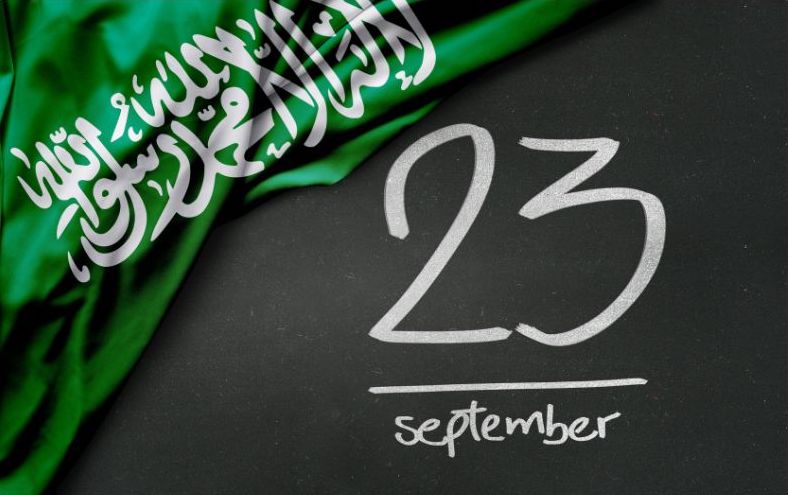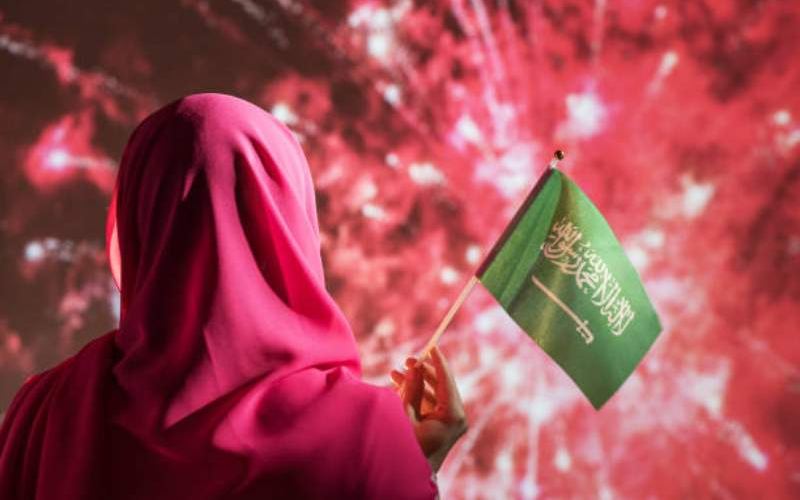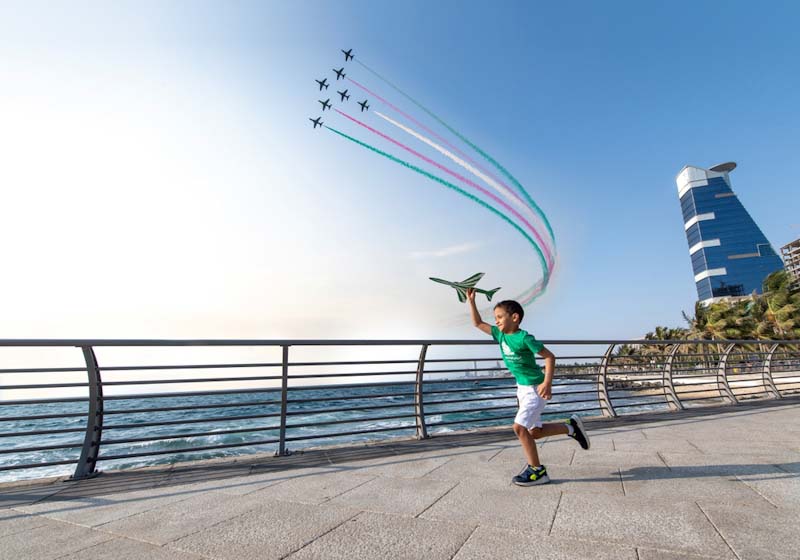Saudi Arabia is back in its festive mood. Given that, the entire Muslim community from around the world has their eyes on the KSA. Eid al-Adha, also called Bakrid, Bakra Eid, Eid Qurban, Qurban Bayarami, or the Feast of Sacrifice, is expected to be observed on 6th June 2025. After Ramadan, it is the time of the year when blessings pour in; the atmosphere is filled with prayers, and families come together and share good memories.
A. Eid Al Adha 2025 Dates
The crescent sighting in Saudi Arabia is expected to be observed on June 5th, which falls on the 10th of Dhul Hijjah. After sighting the moon, Eid al-Adha is expected to begin on Friday, 6th June 2025, and end on Monday, 9th June 2025. This date is applicable for Muslims in Saudi Arabia, the United Arab Emirates (UAE), Qatar, Kuwait, Oman, Jordan, Syria, Iraq and other Arab states along with UK, US and Canada. While other countries, such as India, Pakistan, Japan, Malaysia, Hong Kong and other South Asian countries will see the crescent on June 7th, which shifts Dhul Hijja by a day.
This means that while the GCC countries will celebrate Eid Al Adha for three days from June 6th, Asian countries will observe the festival from June 7 or 8.
B. Saudi Arabia welcomes people for Hajj
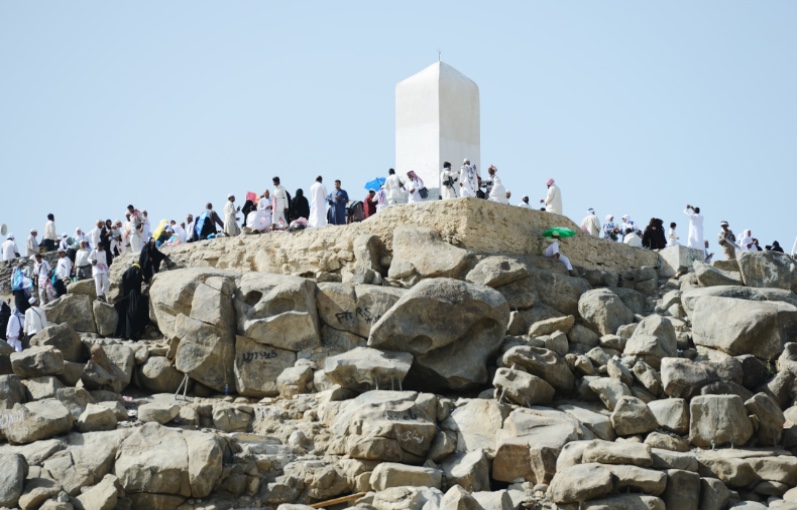
In Dhul Hijja, Muslims also go on Hajj, a sacred pilgrimage. It is one of the Five Pillars of Islam. So, it becomes an obligation for every Muslim who is physically and financially capable to undertake it at least once in their lifetime. This year, it is to begin on June 14. Saudi Arabia has installed state-of-the-art facilities and amenities for people to pray and worship without any difficulties. Temporary tents in Mina and Arafat are equipped with air conditioning and other amenities to accommodate millions of pilgrims. Extensive transport systems and services, numerous hospitals and clinics, and numerous safety measures are taken. Regular cleaning and sanitation of holy sites are conducted to maintain a hygienic environment.
The Saudi government issues special Hajj visas and has streamlined the process to facilitate entry for millions of international pilgrims. It is different from a Saudi tourist visa which allows you to tour the country and perform Umrah. In case, you are a first-timer to Gulf countries, learning 50 common Arabic phrases will come in handy.
C. Hajj rituals
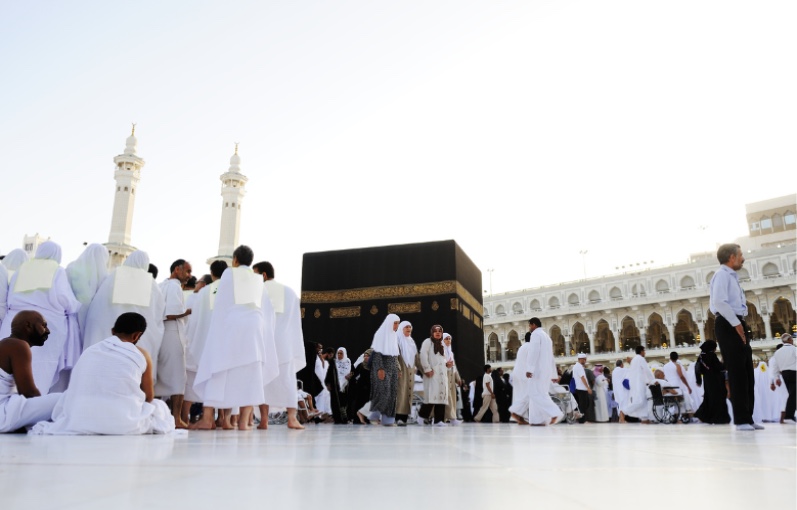
- Ihram: Pilgrims enter a state of spiritual purity by donning special garments (two white seamless cloths for men and simple white dress code for women) and avoiding certain activities. The Saudi dress code for females and males is stringent.
- Tawaf: Pilgrims perform seven counter-clockwise circuits around the Kaaba, the cube-shaped building in the center of the Grand Mosque in Mecca. Interestingly, one of the fascinating facts about Mecca is that it is considered the holiest city in Islam, attracting millions of pilgrims from around the world during the Hajj.
- Sa’i: Pilgrims walk seven times between the hills of Safa and Marwah, reenacting Hagar’s search for water for her son Ishmael.
- Arafat: Pilgrims spend a day in prayer and reflection on the plain of Arafat.
- Muzdalifah: Pilgrims gather pebbles for the ritual of stoning the devil and also spend the night under the open sky.
- Ramy al-Jamarat: Pilgrims throw pebbles at three pillars, symbolizing the rejection of evil.
- Eid al-Adha: Pilgrims participate in the Festival of Sacrifice, which includes the slaughter of an animal to commemorate the willingness of Prophet Ibrahim (Abraham) to sacrifice his son in obedience to God.
- Tawaf al-Ifadah: Pilgrims perform another Tawaf around the Kaaba.
- Farewell Tawaf: Before leaving Mecca, pilgrims perform a final Tawaf.
D. What happens in the three days of Eid Al Adha?
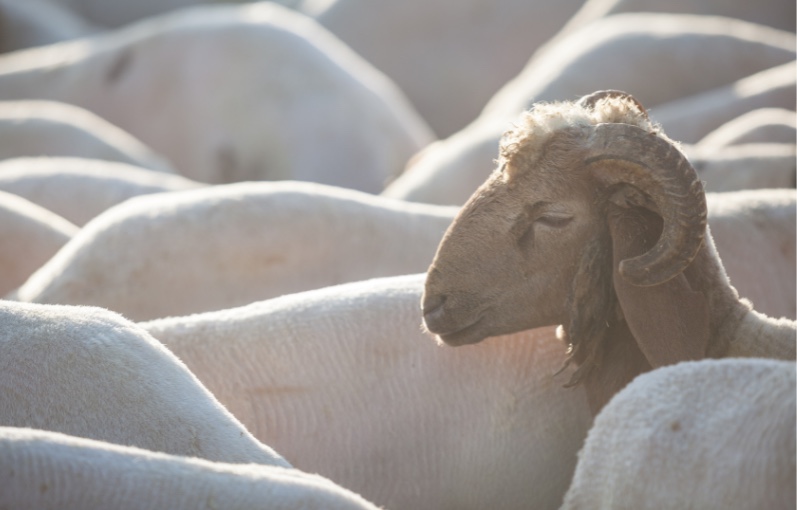
Day 1: The Day of Sacrifice (10th Dhu al-Hijjah)
- Eid Prayers: Muslims gather in mosques or open prayer grounds early in the morning for a special Eid prayer, known as Salat al-Eid. The prayer consists of two units (rakats) followed by a sermon (khutbah). Before the prayers, worshippers are encouraged to wear their finest clothes and perform the ritual of Ghusl (purification).
- Sacrificial Animal (Qurbani): After the prayer, Muslims who can afford it perform the Qurbani, the ritual sacrifice of an animal (usually a goat, sheep, or camel). The meat is divided into three parts: one-third for the family, one-third for relatives and friends, and one-third for the poor and needy. This act commemorates Ibrahim’s willingness to sacrifice his son, and God’s provision of a ram to be sacrificed in his place.
- Feast and Gatherings: Families and friends come together to share festive meals, which often include the meat from the sacrificial animal. Traditional dishes and sweets are also prepared, and there is an emphasis on hospitality and charity.
Day 2 and Day 3: More Festivities (11th and 12th Dhu al-Hijjah)
- Ramy al-Jamarat (Stoning of the Devil): Pilgrims performing Hajj continue the ritual of stoning the three pillars (representing Satan) in Mina. This ritual is performed on all three days. Pilgrims throw seven pebbles at each of the three pillars each day, symbolizing their rejection of evil.
- Completion of Sacrifices: The ritual sacrifice (Qurbani) can be performed over these three days. Those who could not perform it on the first day may do so on the second or third day. Distribution of meat continues, ensuring that the poor and needy receive their share.
- Social Activities: Communities often organize events, fairs, and activities for children to celebrate the joyous occasion.
- Acts of Worship and Charity: Muslims engage in additional acts of worship, including reciting Takbir (praises of God) and reading the Quran. Emphasis is placed on giving to charity (Sadaqah) and helping those in need.
E. Eid al-Adha Prayer: Time, Rules, and Sunnah
When you prepare yourselves for observing the occasion with great devotion, it is important to follow its rules and acknowledge its prayer timings..
Eid al-Adha Prayer Time
The day of Eid begins with a special assembly prayer. In Saudi Arabia, mosques and open grounds host early morning prayers shortly after sunrise, around 5:30 to 6:30 AM, depending on the city and time of year. It is mostly announced in local mosques a day or two before the main eve, the exact date of prayers.
Eid al-Adha Rules and Sunnah
1. It consists of two rakats (units of prayer) performed in gathering, preferably in an open ground or mosque.
2. Recite the Takbir on the way to prayer. Say prayers, starting from dawn until the imam begins the prayer.
3. Offer the Eid prayer in an open area rather than inside a mosque if weather and space allow.
4. Delay eating until after the Eid al-Adha prayer. Unlike Eid al-Fitr, you should wait until after the prayer and sacrifice to eat.
5. Return home from payers using a different path and spread the blessings of Eid.
6. The qurbani (sacrifice) should only be done after the Eid prayer—not before.
7. Smilie and greet others with “Eid Mubarak.”It’s Sunnah to spread joy, greet fellow Muslims, and show kindness on this day.
8. Give charity or gifts to the poor. Share your blessings by offering meat, money, or gifts to those in need.
F. Eid al-Adha Traditions and Food
In Saudi Arabia, the sacrifice of a sheep, goat, cow, or camel takes place after the Eid prayer. The meat is divided into three parts: one for the family, one for relatives and friends, and one for those in need.
Families come together for hearty meals, which often include Mandi, rice with lamb or chicken; Kabsa, a staple spiced rice dish in Saudi homes; dates and Arabic coffee served to guests and grilled meats and stews prepared using the fresh qurbani meat.
Visiting relatives, giving gifts, and offering charity are also important parts of the celebration.
G. Important Dhul Hijja dates
As per the moon sighting, the Islamic lunar calendar is made. The Islamic month of Dhul Hijja, the 12th and final month of the Islamic lunar calendar, holds prominent events and important dates, especially for the observance of Hajj and Eid al-Adha. It is one of the holiest months in the year when the first ten days are the most sacred.
Here are the major dates for Dhul Hijja 2025:
- 1st Dhul Hijja
The beginning of the month falls on Wednesday, May 28, 2025. - 8th Dhul Hijja (Yawm at-Tarwiyah)
The first day of Hajj, when pilgrims head to Mina. Expected to be on June 4, 2025. - 9th Dhul Hijja (Day of Arafah)
The most important day of Hajj, pilgrims stand in prayer on the plain of Arafat. It is also a day of fasting for non-pilgrims. Expected to be on June 5, 2025. - 10th Dhul Hijja (Eid al-Adha)
Also known as the Festival of Sacrifice, this is one of the most significant Islamic holidays. As it marks the end of Hajj, it also commemorates the willingness of Prophet Ibrahim (Abraham) to sacrifice his son in obedience to God. Expected to be on June 6, 2025. - 11th-13th Dhul Hijja (Tashreeq Days)
The three days following Eid al-Adha, during which the ritual of animal sacrifice continues, and pilgrims perform the symbolic stoning of the devil. Expected to be on June June 7–9, 2025.
FAQs
When is Eid al-Adha celebrated in Saudi Arabia?
Why do we celebrate Eid al-Adha?
How to wish Eid al-Adha mubarak?
What are some of the traditions of Eid al-Adha in Saudi Arabia?
Are there any things visitors to Saudi Arabia should be aware of during Eid al-Adha?
- Many businesses and government offices may be closed during Eid.
- Restaurants may be busier than usual.
- It's a respectful gesture to greet people with "Eid Mubarak."
Who celebrates eid al-adha?
Why Is Eid al-Adha Called the Festival of Sacrifice?
Conclusion
Eid al-Adha is a wonderful time to visit Saudi Arabia and immerse in its authentic culture. Do, get your visa and book accommodation for easy travel.

A travel influencer, adventurer and blogger on a mision to dicover the hidden gems of this beautiful planet. For me traveling isn’t a hobby, but a way of living.

